Caffeine is a chemical compound found in various plants such as coffee beans, tea leaves, and cacao pods. It is a well-known stimulant that is consumed in various forms such as coffee, tea, energy drinks, and chocolate. The extraction of caffeine requires specialized methods, and its solubility in water plays a crucial role in its production and consumption.
Sources of caffeine include:
- coffee beans
- tea leaves
- kola nuts
- cacao beans
- guarana berries
These natural sources are used in the production of various beverages and food products.
Caffeine consumption has both positive and negative effects on the human body. It is a central nervous system stimulant that increases alertness, concentration, and energy levels. However, excessive consumption can lead to negative effects such as anxiety, irritability, and disrupted sleep patterns.
Caffeine is highly soluble in water, with a solubility of 2.2 g/100 mL at room temperature. However, this solubility can vary depending on factors such as temperature, pH, and the presence of other substances.
The solubility of caffeine can be measured using various techniques such as spectrophotometry and high-performance liquid chromatography (HPLC). These methods are used in the quality control of caffeine-containing products.
The solubility of caffeine also affects its taste in beverages. A higher solubility leads to a stronger and more bitter taste, while a lower solubility can result in a milder taste.
Caffeine solubility plays a vital role in the production of various beverages. For example, the amount of caffeine in coffee can be controlled by adjusting the solubility through factors such as grind size and brewing time. In the production of decaffeinated beverages, caffeine is first extracted using methods such as carbon dioxide or ethyl acetate, and then the remaining caffeine is removed through filtration.
To increase caffeine solubility in beverages, techniques such as micronization and encapsulation can be used. These methods involve breaking down caffeine particles into smaller sizes, thereby increasing their surface area and solubility.
In conclusion, understanding the science behind caffeine and its solubility in water is crucial in the production and consumption of caffeine-containing products. The solubility of caffeine can vary and can be affected by various factors, leading to different tastes and caffeine contents in different beverages.
Key Takeaways:
What is Caffeine?
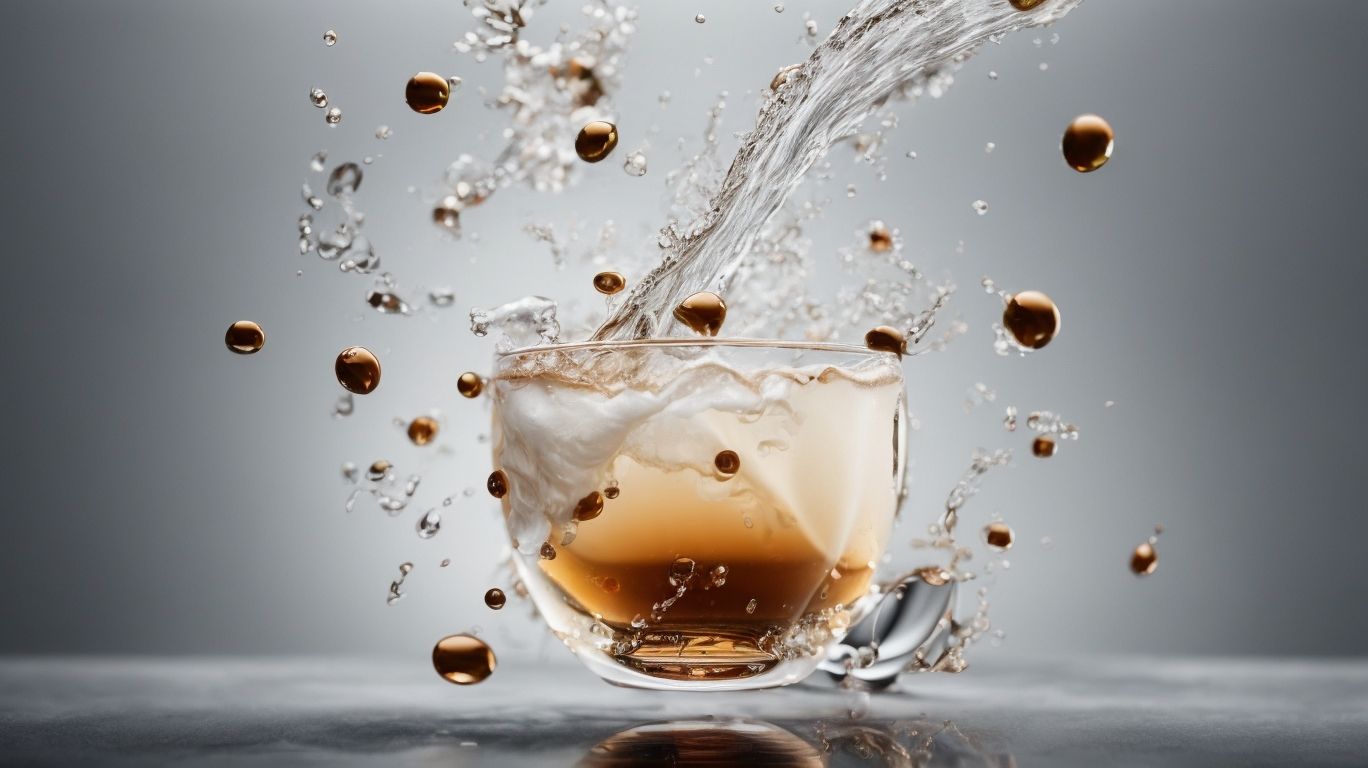
Photo Credits: Chemicalglossary.Net by Edward Walker
What is Caffeine?
Caffeine is a naturally occurring stimulant found in various plants such as coffee beans, tea leaves, and cacao beans. It belongs to a group of compounds called xanthines and acts as a central nervous system stimulant, increasing alertness and reducing fatigue. Additionally, caffeine is a diuretic, increasing urine production. It is a popularly consumed substance worldwide, often in the form of coffee or tea, and its effects may vary based on an individual’s tolerance and sensitivity to the compound.
How is Caffeine Extracted?
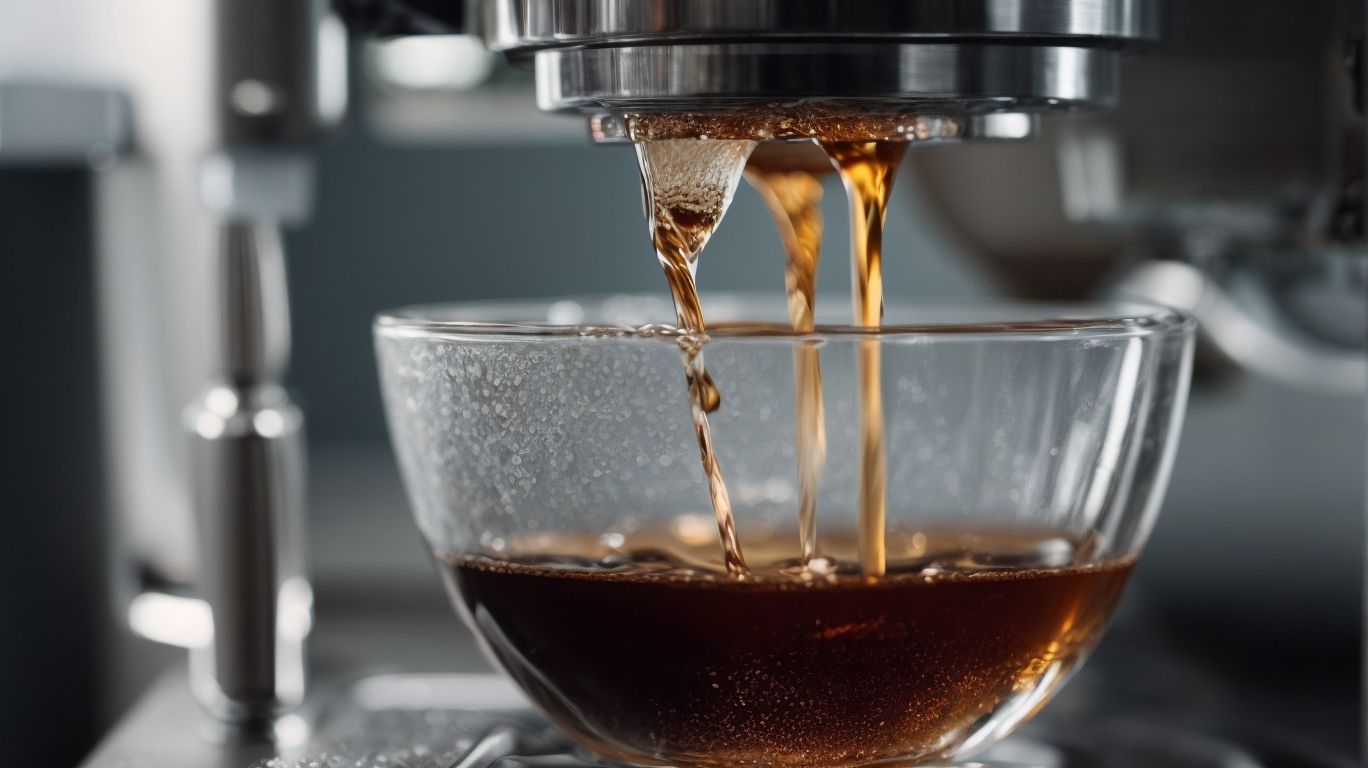
Photo Credits: Chemicalglossary.Net by John Brown
Caffeine extraction involves a series of steps to separate caffeine from its source, which is typically coffee beans or tea leaves.
- Grinding: The beans or leaves are ground to increase the surface area for extraction.
- Extraction: The ground material is steeped in water to dissolve the caffeine.
- Filtration: The mixture is filtered to remove any solid particles.
- Decaffeination: Various methods are used to separate the caffeine from the liquid, such as solvent extraction or carbon dioxide extraction.
- Drying: The remaining liquid is dried to obtain pure caffeine in powder or crystal form.
In the nineteenth century, German chemist Friedrich Ferdinand Runge was the first to extract pure caffeine from coffee beans, leading to the discovery of its stimulant properties. This breakthrough laid the foundation for further research on this popular substance.
What Are the Sources of Caffeine?
Caffeine can be found in a variety of natural sources, such as coffee beans, tea leaves, cacao beans, and kola nuts. These sources produce caffeine as a natural defense mechanism against pests. Furthermore, caffeine can also be artificially synthesized and added to certain products, such as energy drinks and sodas. It is important to note that the amount of caffeine can vary significantly between different sources. For instance, coffee beans typically have a higher caffeine content compared to tea leaves. Having knowledge about the sources of caffeine can assist individuals in making informed decisions about their caffeine intake.
How Does Caffeine Affect the Body?
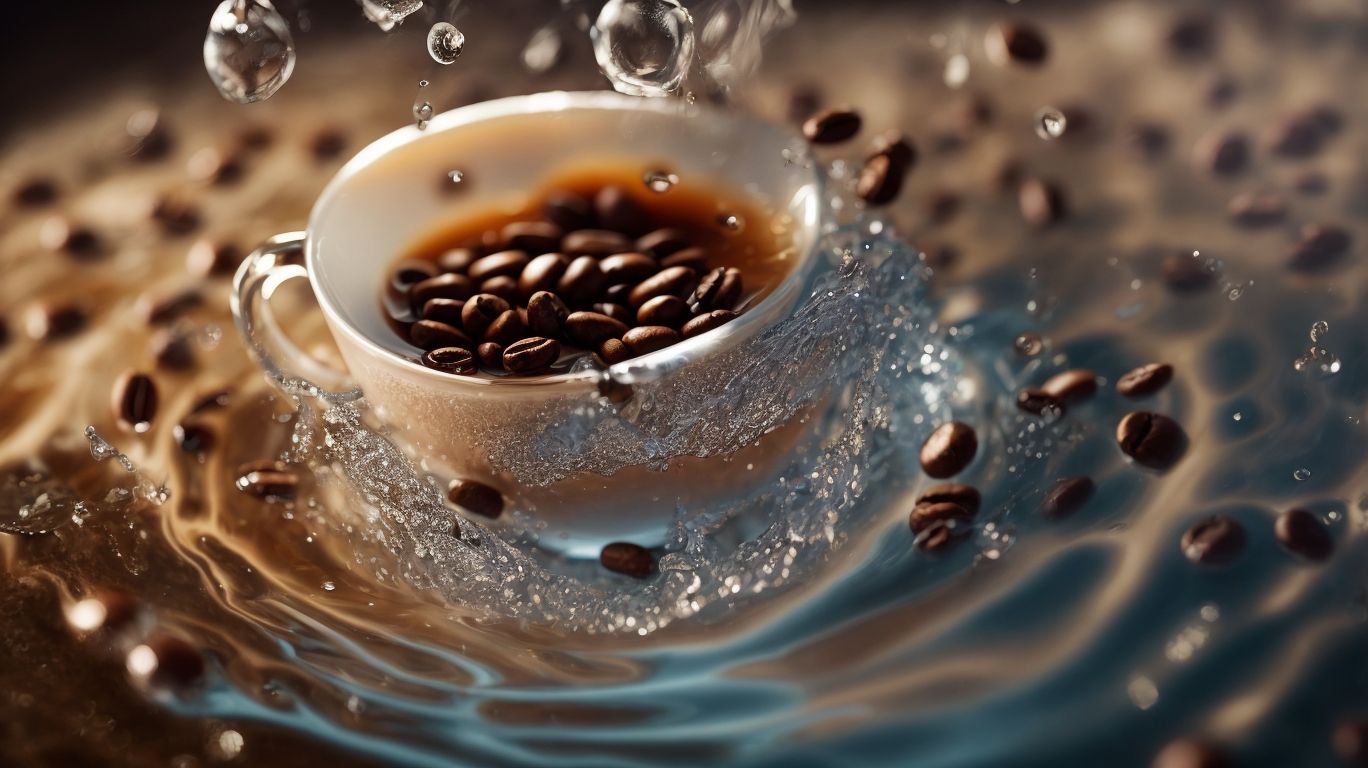
Photo Credits: Chemicalglossary.Net by Raymond Green
Caffeine has a variety of effects on the body, including stimulating the central nervous system and increasing alertness. Here are the steps to understanding its impact:
- Boosts Energy: By blocking adenosine receptors, caffeine reduces fatigue and promotes wakefulness.
- Improves Focus: It also enhances dopamine production, leading to improved concentration and cognitive function.
- Increases Heart Rate: Caffeine stimulates the heart, causing it to beat faster.
- Enhances Performance: During exercise, it can improve physical performance and endurance.
- May Cause Withdrawal Symptoms: Regular consumption can lead to dependence and withdrawal symptoms such as headaches and fatigue when discontinued.
Caffeine has been used for centuries, with its stimulating effects recognized by cultures worldwide. From traditional tea ceremonies in China to the coffeehouses of 17th-century Europe, caffeine’s impact on the body has fascinated and energized people throughout history.
What Are the Positive Effects of Caffeine?
Caffeine is a popular stimulant known for its ability to have several positive effects on the body. It is known to enhance alertness, improve focus, and increase energy levels. In addition, caffeine can boost physical performance and reduce fatigue. It has also been linked to improving mood and cognitive function.
However, it is important to consume caffeine in moderation and be aware of individual sensitivities. Some individuals may experience negative effects such as anxiety, insomnia, or digestive issues. To fully enjoy the benefits of caffeine, it is recommended to limit intake to moderate levels and avoid consuming it close to bedtime. Staying hydrated and maintaining a balanced diet can also help maximize its positive effects.
What Are the Negative Effects of Caffeine?
The adverse impacts of caffeine can differ from individual to individual, but typical ones include a higher heart rate, feelings of jitteriness, and trouble falling asleep. Excessive consumption of caffeine can result in dehydration and digestive problems. It can also exacerbate anxiety and contribute to headaches. It’s crucial to be aware of your caffeine intake and pay attention to how your body responds. If you encounter any negative effects, consider decreasing your consumption or trying caffeine-free options. Remember, moderation is crucial when it comes to caffeine.
What is the Solubility of Caffeine in Water?

Photo Credits: Chemicalglossary.Net by Elijah Nguyen
The solubility of caffeine in water is approximately 2000 mg/L at room temperature. In other words, one liter of water can dissolve up to 2000 milligrams of caffeine. This solubility can be affected by various factors such as temperature and pressure. For instance, higher temperatures allow for more caffeine to dissolve in water. Understanding the solubility of caffeine in water is crucial for industries that manufacture caffeinated beverages and for individuals who want to manage their caffeine intake. It also explains why caffeine can be easily extracted from coffee beans or tea leaves when they are steeped in hot water.
To regulate your caffeine intake, you may consider:
- Choosing decaffeinated beverages
- Opting for beverages with lower levels of caffeine
- Limiting your overall consumption of products containing caffeine
What Factors Affect Caffeine Solubility?
The solubility of caffeine in water is influenced by various factors. One of the most significant factors is temperature, as solubility generally increases with higher temperatures. Other factors that can affect caffeine solubility include the pH level of the water, the particle size of the caffeine, and the presence of other substances in the water. For instance, acidic water can enhance the solubility of caffeine, while adding sugar or other solutes can decrease it. Moreover, the type of beverage or extraction method used can also impact the solubility of caffeine. It is important to understand these factors in order to optimize caffeine solubility for beverage production or extraction processes.
How Can Caffeine Solubility be Measured?
Caffeine solubility can be measured through various methods to understand its dissolving capabilities in water. Here are the steps to measure caffeine solubility:
- Prepare a sample: Take a known quantity of caffeine, typically in powdered form.
- Add water: Gradually add a measured amount of water to the caffeine sample.
- Stir the solution: Use a stirrer or shake the mixture to ensure proper mixing.
- Observe saturation point: Continue adding water until the point of saturation is reached and no more caffeine can dissolve.
- Filter and collect: Separate any undissolved caffeine particles by filtering the solution.
- Quantify caffeine content: Use techniques such as spectrophotometry or chromatography to measure the concentration of caffeine in the solution.
These steps provide a quantitative measurement of caffeine solubility, which is essential for understanding its behavior in various applications.
What is the Relationship Between Caffeine Solubility and Taste?

Photo Credits: Chemicalglossary.Net by Keith Martin
The taste of caffeine is closely linked to its solubility in water. When caffeine is dissolved in water, it creates a solution that can be perceived by the taste buds as bitter. The higher the solubility of caffeine in water, the stronger the bitter taste will be. This is why beverages with higher caffeine concentrations, such as espresso or black coffee, often have a more intense bitter flavor compared to those with lower levels of caffeine. Understanding the connection between caffeine solubility and taste can help clarify the varying levels of bitterness found in different caffeinated drinks.
What Are Some Examples of Caffeine Solubility in Different Beverages?
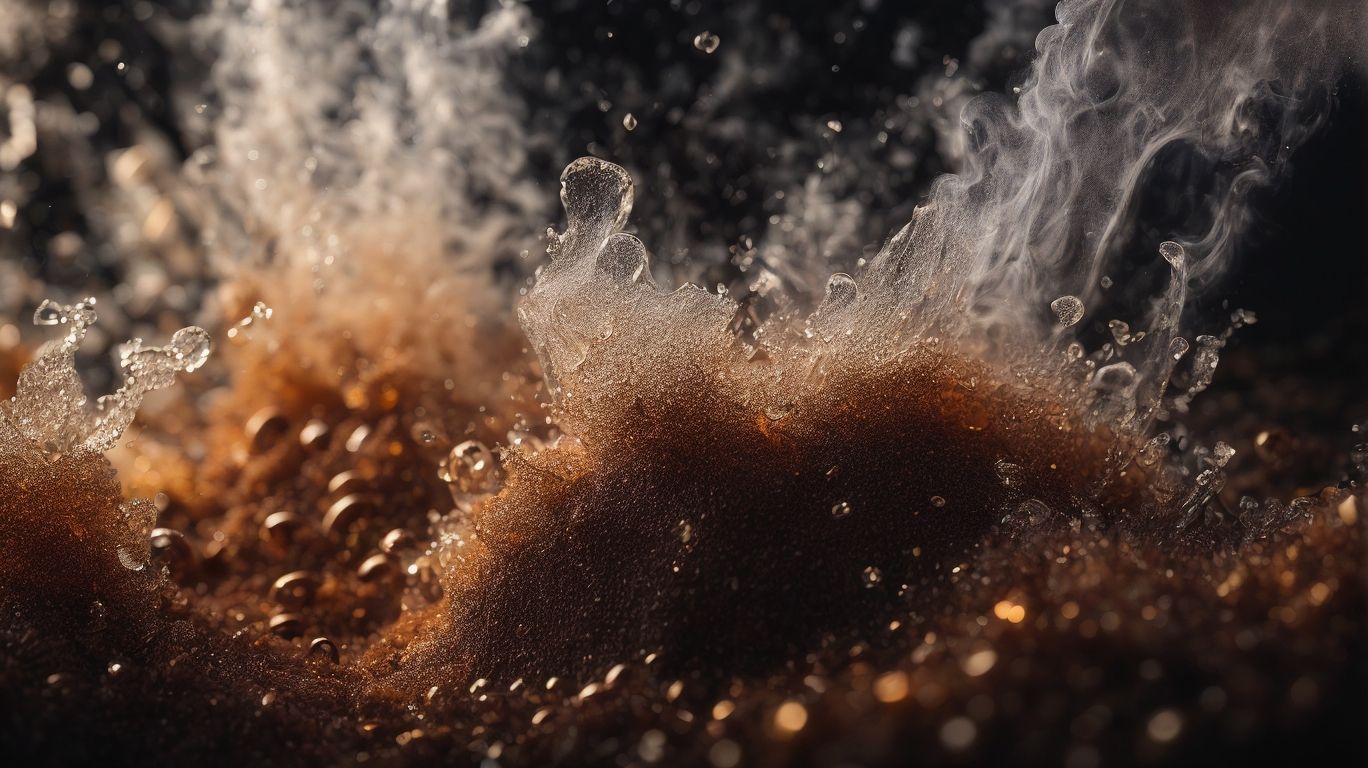
Photo Credits: Chemicalglossary.Net by Douglas Martin
The solubility of caffeine can vary in different beverages. Here are some examples of caffeine solubility in different beverages:
| Beverage | Caffeine Solubility |
| Coffee | High |
| Black tea | Medium |
| Green tea | Low |
| Soda | Medium |
| Energy drinks | High |
These examples showcase the varying levels of caffeine solubility found in different beverages.
How Does the Solubility of Caffeine Affect the Caffeine Content in Beverages?
The solubility of caffeine plays a crucial role in determining the amount of caffeine present in beverages. The following steps explain this relationship:
- When hot water is added to coffee grounds or tea leaves, the caffeine molecules dissolve.
- A higher water temperature and longer steeping time result in increased caffeine solubility.
- After the brewing process, the beverage is separated from the grounds or leaves, leaving the caffeine dissolved in the liquid.
- The concentration of dissolved caffeine determines the overall caffeine content in the beverage.
- Beverages with a higher caffeine solubility, such as espresso, will have a higher caffeine content, while those with lower solubility, like decaf coffee, will have less caffeine.
To achieve desired levels of caffeine in beverages, manufacturers can adjust solubility by modifying factors such as water temperature, brewing time, and grind size. Experimenting with these variables can help create beverages with varying caffeine content to suit different preferences.
How Can Caffeine Solubility be Used in the Production of Beverages?
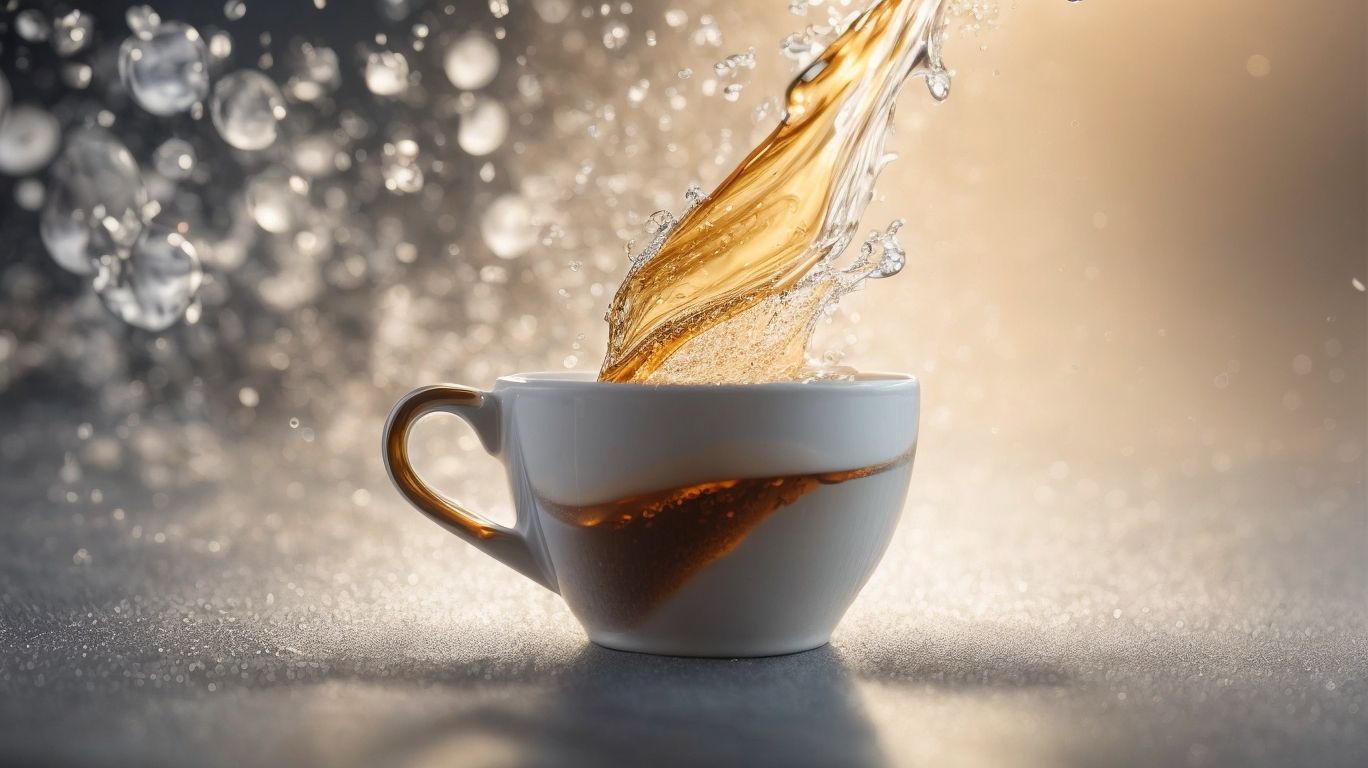
Photo Credits: Chemicalglossary.Net by Timothy Lee
To effectively incorporate caffeine into beverage production, follow these steps:
- Selection: Choose coffee beans or tea leaves with high caffeine content.
- Extraction: Grind the beans or leaves and steep them in hot water to extract caffeine.
- Separation: Use a filtration process to separate the liquid containing caffeine from the solids.
- Purification: Employ methods like activated carbon filtration to remove impurities.
- Concentration: Concentrate the caffeine solution through evaporation or other techniques.
- Incorporation: Add the concentrated caffeine solution to beverages such as energy drinks or soda, adjusting the dosage as desired.
By understanding the solubility of caffeine, beverage producers can effectively infuse their products with the desired stimulating effects for consumers.
What Are Some Methods of Removing Caffeine from Beverages?
To extract caffeine from beverages, there are several commonly used methods. One such method is the solvent extraction method, which involves separating the caffeine from the beverage using a solvent like ethyl acetate or dichloromethane. Another method is the carbon dioxide extraction method, which utilizes supercritical carbon dioxide to remove the caffeine. Additionally, the Swiss Water Process is a popular technique for decaffeinating coffee, which utilizes water and activated charcoal to eliminate caffeine. These methods are effective in producing decaffeinated versions of beverages for those who wish to limit their caffeine consumption.
What Are Some Ways to Increase Caffeine Solubility in Beverages?
To increase the solubility of caffeine in beverages, there are several methods that can be utilized. One approach is to raise the temperature of the water used during the brewing or extraction process. This can enhance the solubility of caffeine, resulting in a greater extraction from the coffee beans or tea leaves. Another method is to use finer grounds or leaves, which increases the surface area and improves the contact between caffeine and water. Lastly, increasing the brewing time can also lead to a higher caffeine solubility. These techniques are commonly employed in the production of coffee and tea beverages to ensure a higher caffeine content.
A true story: A coffee manufacturer in Brazil discovered that by using a combination of higher water temperature and longer brewing time, they were able to significantly increase the caffeine solubility in their coffee. This led to a bolder and more caffeinated cup of coffee, which became highly popular among coffee enthusiasts. The company’s innovation in increasing caffeine solubility allowed them to differentiate their product in the market and attract a larger customer base.
Frequently Asked Questions
1) What is caffeine and why is it widely consumed?
Caffeine is a nitrogenous organic compound that belongs to the alkaloid group and has significant physiological effects. It is found in various sources such as tea, coffee, energy drinks, and soft drinks, and is known for its stimulatory action on the central nervous system, heart, blood vessels, and kidneys. Its consumption dates back to ancient human history and many adults have a morning ritual of consuming caffeine-containing beverages.
2) How does caffeine interact with water and other solvents?
Caffeine is highly soluble in hot water and less soluble in organic solvents. It can also form a gel-like structure when combined with ethanol, creating a microcrystalline network that can encapsulate the solvent. This phenomenon has been confirmed through various techniques such as high resolution microscopy analysis and solid state NMR studies.
3) Can caffeine be used as a potential treatment for Alzheimer’s disease?
While caffeine has been studied extensively for its physiological effects, there is currently no evidence to support its use as a treatment for Alzheimer’s disease. However, researchers have found that caffeine can inhibit amyloid fibril formation, a key process in the development of Alzheimer’s, making it a potential target for further studies.
4) Are there any health risks associated with caffeine consumption?
While caffeine can have positive effects such as improved motor performance and increased alertness, it can also lead to negative effects such as irritability, nervousness, and insomnia. It is important to regulate caffeine intake and be mindful of its potential negative effects, especially in cases of drug overdose or respiratory depression.
5) Can caffeine be found in sources other than coffee and tea?
Yes, caffeine can be found in various plants and plant products, including guarana, kola nuts, and cacao. It is also present in many popular beverages such as energy drinks and soft drinks. In recent years, decaffeinated options have become widely available, giving consumers the choice to regulate their caffeine intake.
6) Is caffeine still a topic of research and interest in the scientific community?
Yes, caffeine and its properties continue to surprise and intrigue researchers in various fields such as supramolecular chemistry, materials science, and genetics. Its use as a potential anticancer agent and its role in convergent evolution have been recognized in recent studies. However, it is important to note that the information provided in these FAQs should not be used as medical advice and readers should consult with a healthcare professional before making any changes to their caffeine consumption.
